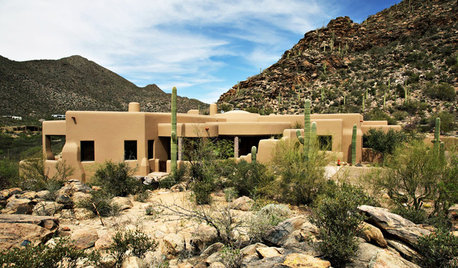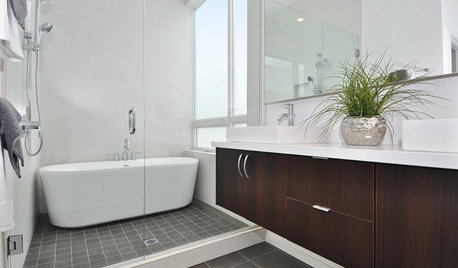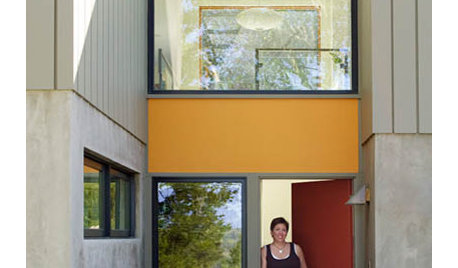Question on 'penetration'
coconut_head
12 years ago
Related Stories

MOST POPULAR8 Questions to Ask Yourself Before Meeting With Your Designer
Thinking in advance about how you use your space will get your first design consultation off to its best start
Full Story
BATHROOM DESIGNHow to Settle on a Shower Bench
We help a Houzz user ask all the right questions for designing a stylish, practical and safe shower bench
Full Story
FLOORSWhat to Ask When Considering Heated Floors
These questions can help you decide if radiant floor heating is right for you — and what your options are
Full Story
TRADITIONAL ARCHITECTURERoots of Style: Pueblo Revival Architecture Welcomes Modern Life
Centuries-old details of adobe construction still appeal in the desert Southwest, adapted to today's tastes
Full Story
GARDENING GUIDESGreat Garden Combo: 3 Wonderful Plants for a Deer-Resistant Screen
Protect your privacy and keep deer at bay with a planting trio that turns a problem garden area into a highlight
Full Story
BASEMENTSDesign Workshop: Is It Time to Let Basements Become Extinct?
Costly and often unnecessary, basements may become obsolete — if they aren’t already. Here are responses to every reason to keep them around
Full Story
BATHROOM DESIGNWhy You Might Want to Put Your Tub in the Shower
Save space, cleanup time and maybe even a little money with a shower-bathtub combo. These examples show how to do it right
Full Story
HOUSEKEEPINGHow to Clean Hardwood Floors
Gleaming wood floors are a thing of beauty. Find out how to keep them that way
Full Story
KITCHEN DESIGNUsing White Marble: Hot Debate Over a Classic Beauty
Do you love perfection or patina? Here's how to see if marble's right for you
Full StoryMore Discussions







mistascott
penfold2
Related Professionals
Horsham Landscape Architects & Landscape Designers · Parole Landscape Architects & Landscape Designers · Rancho Palos Verdes Landscape Architects & Landscape Designers · Winder Landscape Architects & Landscape Designers · Fort Worth Landscape Contractors · Mesa Landscape Contractors · Middletown Landscape Contractors · New Cassel Landscape Contractors · Royal Oak Landscape Contractors · Weymouth Landscape Contractors · Norridge Landscape Contractors · Daly City Fence Contractors · Goodyear Fence Contractors · Reisterstown Fence Contractors · Saint Louis Park Fence Contractorscoconut_headOriginal Author
penfold2
coconut_headOriginal Author
vorkus
penfold2
vorkus